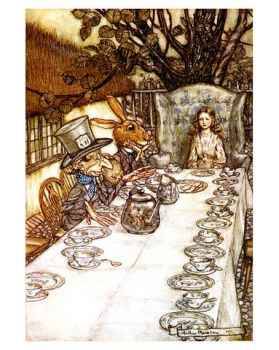Stephen King has a knack for using ordinary things as agents for evil: a car, a dog, a small town in Maine. In this book, it's cell phones.
Clayton Riddell is "a young man of no particular importance to history." He is in Boston and has just sold his first graphic novel and its sequel for a large sum of money. To celebrate, he has bought a gift for his estranged wife and is planning on buying the latest Spider-Man for his young son. But, first he stops to buy himself an ice cream cone.
The woman in front of him in line is wearing a "power suit" and has a poodle on a leash. A cell phone is clipped to her ear. Behind her are two teenage girls. One has a "peppermint-colored" phone clipped to her waist. The woman begins a conversation with a friend, the girl's phone rings and she holds it up so her friend can hear the conversation.
Then the world goes crazy. The woman attacks the ice cream vendor. The girl with the phone attacks the woman. Her friend looks at Clay and asks, "Who are you? Who am I?"
It doesn't take long for Clay to realize that most of Boston has gone crazy. Worse than crazy--they have become savage. Clay rescues another "normal" man and together they head back to Clay's hotel, trying to avoid the savages running amok in the street and trying to understand what, exactly, has happened. It doesn't take long for them to figure out it has something to do with the cell phones.
Besides an estranged wife, Clay has a young son living in Maine. While neither he nor his wife have cell phones, his son does--for emergencies. He knows Johnny doesn't always bring his cell phone with him, so there is a chance his son has not been affected. Land lines are down, so Clay decides to go home.
The rest of the novel is the trek of the trio from Boston to Maine and Clay's search for his son. Along the way, Clay and his companions meet the Head of an elite boys' school and one of his charges. The boy has figured out what has happened to the "phonies"--much like a computer hard drive, their brains have been wiped and are in the process of rebooting. But they are becoming something other than human. The "phonies" seem to be acting as a group, as a hive.
At this point, strange graffiti appears: "Kashwak = No Fo." What could it mean?
The group makes a fateful decision and does, eventually, figure out what the graffiti means.
Like many of King's novels, his descriptions of the mayhem is very graphic. His characters range from blue collar to, well, the Head of an elite boys' school. Like many of his novels, the ending of this one is a little weak and not all together satisfying. But what a ride he takes us on to get there!
I'll never quite trust my cell phone again.
On the March Hare scale: 3.5 out of 5 Golden Bookmarks.
Wednesday, November 08, 2006
Book Review: Cell
Posted by
March Hare
at
6:23 AM
![]()
Labels: Book Reviews
Subscribe to:
Comment Feed (RSS)




|